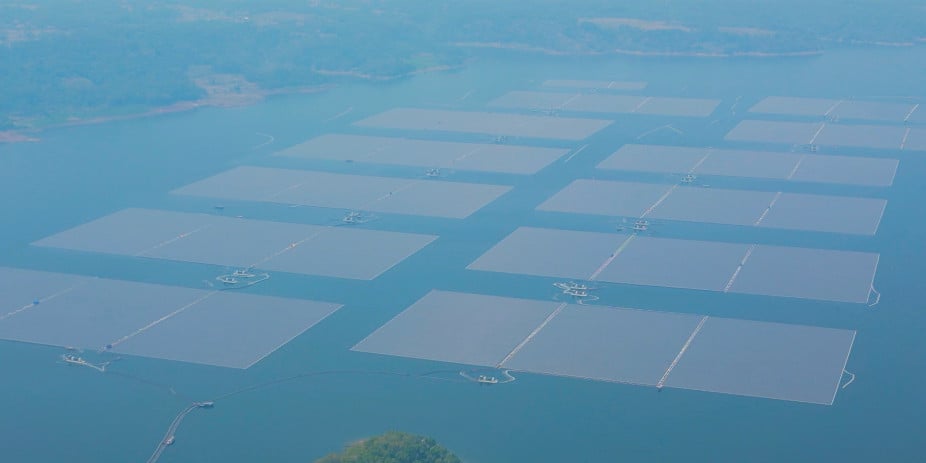
Balance of system (BOS) component manufacturing for the solar PV industry could account for 75% of industry investment in the Asia-Pacific region by 2050, as opposed to manufacturing in the silicon solar value chain.
A new report from the Institute for Energy Economics and Financial Analysis (IEEFA) shows that the higher cost of BOS components like trackers, inverters, racking and electrical components in comparison with solar modules creates a market opportunity for local manufacturing in APAC.
Try Premium for just $1
- Full premium access for the first month at only $1
- Converts to an annual rate after 30 days unless cancelled
- Cancel anytime during the trial period
Premium Benefits
- Expert industry analysis and interviews
- Digital access to PV Tech Power journal
- Exclusive event discounts
Or get the full Premium subscription right away
Or continue reading this article for free
Simultaneously, the drastically lowered price of solar modules and the vast overcapacity already present in China creates an “extreme challenge” for countries looking to establish direct solar value chain manufacturing, the report said.
The IEEFA claimed that the headline figure for solar and offshore wind manufacturing investment could be as much as US$1.1 trillion through 2050 across the seven markets in the report, including Japan, South Korea, Malaysia, Taiwan, Vietnam, the Philippines and Indonesia.
Solar PV is expected to account for US$394 billion of that figure, with US$346 billion expected to be spent on local supply chains which reach the market in their own countries.
The report says that the declining price of solar modules, largely a result of huge capacity expansion in China that has killed competition in much of the world, has increased the share of BOS components in the cost of a solar project. Chinese module prices are unlikely to be matched anywhere else in the world this decade, according to the report, but falling prices make the conditions for developing PV projects more favourable, which increases the market size for BOS products.
Depending on market conditions, BOS components can account for between 62% and 85% of the total costs to build a solar project.
It said: “Unlike modules, which trade in a comparatively tight band globally, the value of BOS costs varies widely. With all-in installed costs of utility-scale solar farms ranging from US$650 per kW to US$1,900 per kW, and the wholesale price of PV modules ranging from US$120 to US$200 per kW, domestic [BOS] market players can still provide material value.”
In a table – visible in the full report, which can be read here – the IEEFA shows that the total value for BOS investment across the seven countries to 2050 could be US$296 billion, compared with US$100.5 billion in solar module investment value.
A report in August last year found that growing solar manufacturing activity in Southeast Asia could create up to US$100 billion in revenue.
Vietnam has the highest potential investment value for locally-sourced solar modules, which is unsurprising given the manufacturing capacity that has been opened in the country, largely by Chinese-owned companies like Trina Solar. Regardless, Vietnam still has a vastly larger investment proposition from BOS production than solar module manufacturing.
A similar principle applies to offshore wind supply, which can have beneficial effects for shipbuilding and shipping companies in a region that is dominated by maritime economies.
Grant Hauber, IEEFA’s strategic energy finance advisor, Asia, said: “This report highlights the here-and-now opportunity to capitalise on the renewable energy supply chain. A key message for policymakers and industrialists is that you do not need to make solar PV modules or wind turbines to realise huge domestic manufacturing and investment benefits.”
He added that most Asia-Pacific countries are apparently underestimating this opportunity. This accords with a recent call from RE100 – a corporate renewable energy initiative – imploring the Japanese government to commit to tripling its renewable energy capacity by 2035 in the next iteration of its Strategic Energy Plan, which will be announced later this year.
“Ultimately, domestic businesses benefit from higher development volume, consumers benefit from the lowest long-run marginal cost of electricity, and the government benefits from both these wins and significant progress toward decarbonisation targets,” concluded Hauber.






